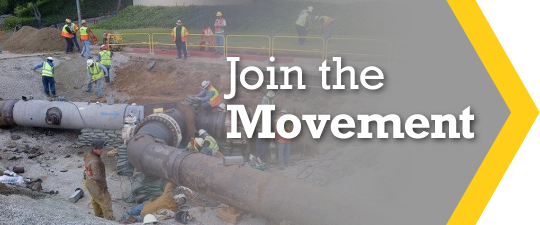
The history of apprenticeships dates back thousands of years, but written reference to this practice first surfaced about 4,000 years ago in the Babylonian Code of Hammurabi, which stated that “artisans teach their crafts to the youth” so the skills learned can continue.
Obviously, a lot has changed in how apprenticeship programs have been run in the past 4,000 years, so let’s fast forward to modern times to see how the system has evolved.
America Was Built with Help from Apprenticeships
When the American colonies were established by the English and other European journeymen, key people were brought over to facilitate the building of an entirely new society. Craft workers from Europe came in droves — and brought their domestic master-apprentice relationships with them. In those days, apprentices relied on their “master” (the teacher) for all their needs, including food, clothing and shelter.
This type of master-apprentice relationship continued up until the Industrial Revolution.
The famous American patriot Paul Revere was a notable apprentice of the times. He served as a silversmith apprentice in his family’s silver shop in Boston, Massachusetts.
The Industrial Revolution Transformed The Apprenticeship System
The Industrial Revolution brought rapid advances in technology and a new age that was dependent on machinery, and with those brought changes to the apprenticeship system.
Apprenticeships comparable to those of today were first seen during the late part of the 19th century. Domestic apprenticeships had vanished and, instead, apprentices lived on their own and were only reliant on their teachers while at work. In exchange for not relying on their teachers for life essentials, apprentices began receiving compensation for their work.
In the 1920s, groups in the construction industry led an effort to create a national, uniform apprentice system where all workers would have more rights, better pay, and equal skills. However, it wasn’t until 1937 with the passage of the Fitzgerald Act, that the National Apprenticeship Law became official legislation.
The Fitzgerald Act established the pattern for today’s Federal Government-assisted apprentice program. The act “promoted the furtherance of labor standards of apprenticeship…to extend the application of such standards” to be included in physical contracts, where employers and apprentices both agreed upon the terms.
Apprenticeships in The Modern Era and The Future
The Fitzgerald Act remained in place throughout the 1940s and 1950s, but was met with some backlash in the 1960s and 1970s, as civil rights and labor organizations began calling for better reform. These successful reforms provided additional apprenticeship opportunities for women and minorities, and provided better pay and benefits for all.
Rapid changes in our industrial system are now taking place — allowing increasingly larger numbers of workers access to technical training and subsequent jobs. Women and minorities continue to enroll in apprenticeships and skilled craft jobs, making the workforce more diverse and robust.
Construction is one of the few industries in our country where there is currently high demand for qualified workers in all skilled professions.
Michigan Construction
Michigan Construction celebrates National Apprenticeship Week in November each year by using our Facebook page to share and spread news about how apprenticeships are changing the way the next generation views their post-high school options.
You can join in the celebration by changing your own Facebook and Twitter headers to match ours and by sharing your apprenticeship stories with us using #other4yeardegree and #bluecollarlife. You can also stay in the loop on apprenticeships by subscribing to our blog or mailing lists.
For more information on any of these events or to find more events near you click here.

